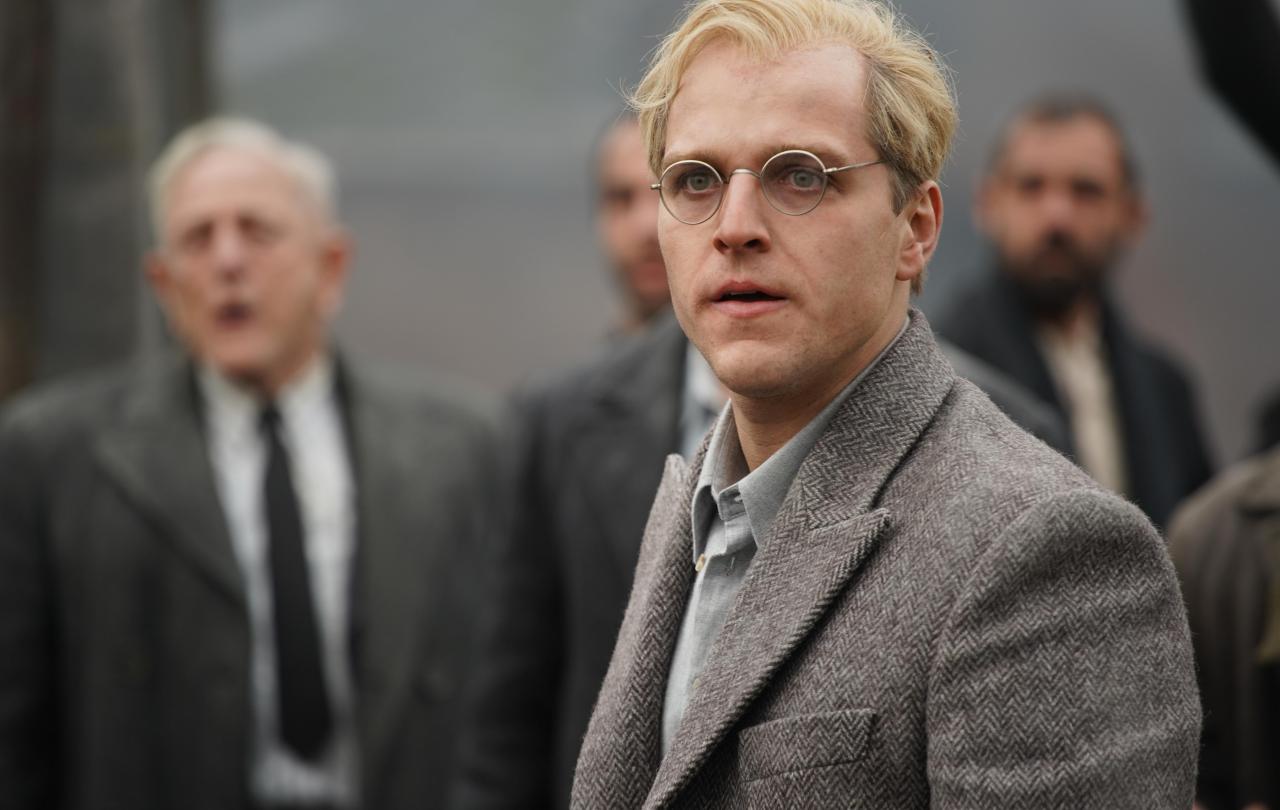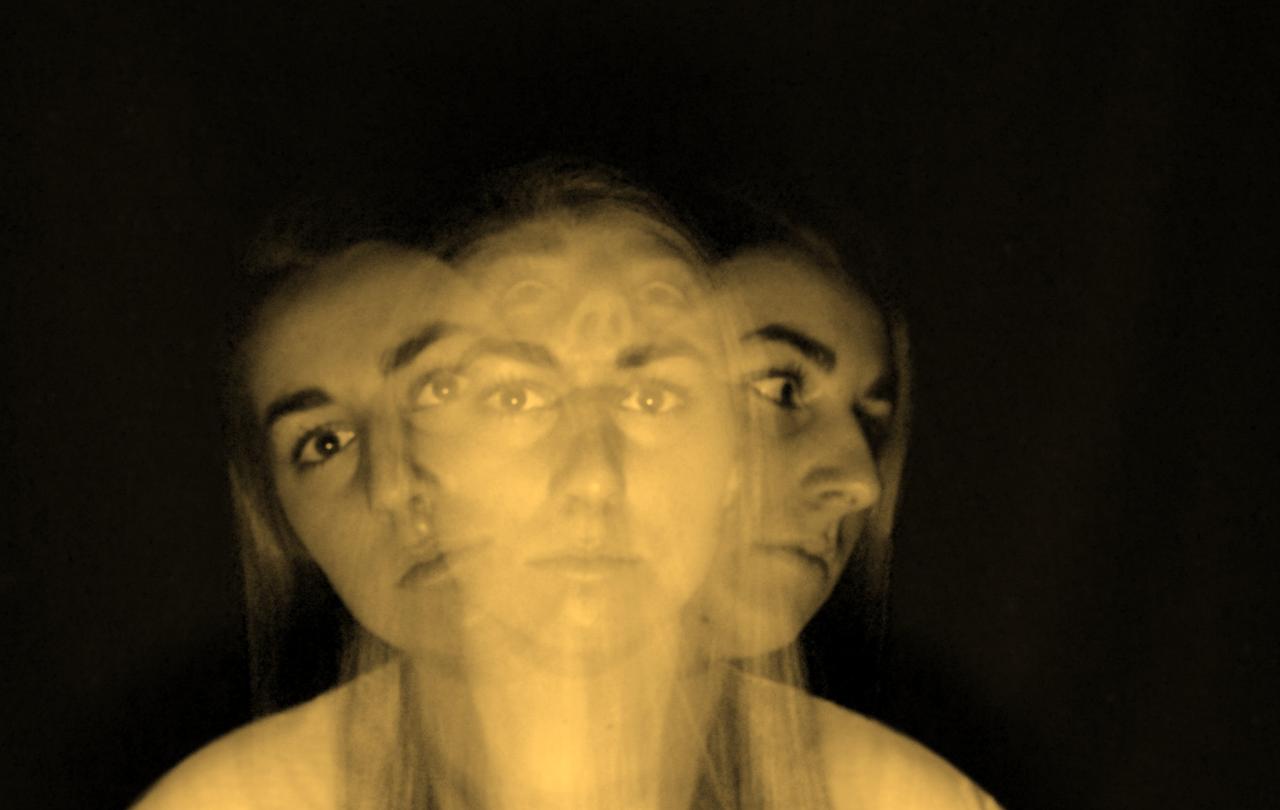
Dietrich Bonhoeffer did not live to see his 40th birthday.
Sentenced to death in a sham trial at Flossenbürg concentration camp, he was stripped naked, led to the gallows, and executed on the direct orders of Adolf Hitler in April 1945, essentially for treason. Ever since, Bonhoeffer’s life and thought has been subject to projects in wish fulfilment. Bonhoeffer has been secularised, liberalised, radicalised, and popularised by people across the religious and political spectrum, and in ways that evidence only casual concern for historical fact and little (or no) comprehension of his literary estate. Most recently and remarkably—in fact, repulsively—Bonhoeffer’s name has even been used by the right-wing Heritage Foundation to denounce the so-called “open-borders activism” and “environmental extremism” of the American Left in its Project 2025 wish list for the presidency of President-elect Donald Trump.
It was with mixed feelings, therefore, that I sat down in a movie theatre in downtown San Diego a few weeks ago to watch the new film Bonhoeffer: Pastor. Spy. Assassin. Released by the Christian production company, Angel Studios, and written and directed by Todd Komarnicki (producer of Elf and writer of Sully), the film (coming to UK cinemas in early 2025) is trailered thus:
“As the world teeters on the brink of annihilation, Dietrich Bonhoeffer is swept into the epicenter of a deadly plot to assassinate Hitler. With his faith and fate at stake, Bonhoeffer must choose between upholding his moral convictions or risking it all to save millions of Jews from genocide. Will his shift from preaching peace to plotting murder alter the course of history or cost him everything?”
The accompanying image has the pacifist-preaching Bonhoeffer holding a gun.
Like any big-screen biopic, Bonhoeffer mixes fact and fiction with a healthy dollop of artistic and cinematic license. This license is of course necessary for the screenwriting art: time needs compressing; biography needs enlivening; peoples’ character needs demonstrating; ultimately, the film needs watching.
There is no doubt that Bonhoeffer spent time at Union Theological Seminary in New York and that whilst there he bemoaned the state of American theology, actively participated in the Abyssinian Baptist Church in Harlem, and became close friends with an African-American student, Frank Fisher.
But learning to play jazz piano at a Harlem nightclub? Being beaten by a racist hotel owner with the butt of a rifle? And becoming an ardent advocate for African-American civil rights?
There is no doubt, too, that, as Hitler rose to power, Bonhoeffer spoke out against the dangers inherent in the Führer concept and that throughout the 1930s he steadfastly critiqued Nazism and national socialist ideology.
But were his words ever these?
“I can’t keep on pretending that praying and teaching is enough.” “Dirty hands ... It’s all that I have to offer.” Or, in response to being asked by his friend and student, Eberhard Bethge, if Hitler is the first evil leader since Scripture was written: “No. But he’s the first one I can stop.”
No one is going to dispute, either, that Bonhoeffer led an underground seminary at Finkenwalde to train future pastors of the Confessing Church in Germany; or that he said, “When Christ calls a man, he bids him come and die.” (Even if, in German, he more literally said, “Every call of Christ leads into death”).
But what is disputable is that (as the film suggests) Finkenwalde was a safe haven from which a plot to assassinate Hitler was launched, and that Bonhoeffer’s most memorable aphorism of Christian discipleship was intended to be spliced (as it is in the film) into footage of a conspirator preparing a suicide bomb.
And Bonhoeffer certainly did join the German Military Intelligence and act as something akin to a double-double-agent. He certainly did pass information about the conspiracy to international church leaders on his travels outside of Germany. He certainly did know about both “Operation Seven” (a plan to smuggle a small group of Jews and Jewish Christians out of Germany to safety in Switzerland), and the planned plot to assassinate Hitler.
But to suggest (as the film does) that Bonhoeffer was central to these plans and personally involved in them, or that he asked Bishop George Bell to lobby Winston Churchill to supply a bomb that the conspirators could use to kill Hitler, is nothing more than highly contentious, even conspiratorial, conjecture.
In a panoply of embellished facts, the film’s final scenes are in equal measure harrowing, arresting, and deeply moving.
Bonhoeffer’s life and thought is obviously compelling.
It is also complex.
Bonhoeffer left behind an array of books, essays, sermons, unfinished manuscripts, working notes, and letters, all of which are notoriously difficult to interpret, especially in the round. Bonhoeffer rides roughshod over this difficulty and complexity, and thereby trivialises the legacy of a modern-day, martyred Christian saint. It also tells in part an untrue story—the story of a man destined, indeed determined, to disavow a life of prayer, teaching, and diplomacy to become a would-be assassin and engage in violent political espionage and activism at any cost.
This is a (very) far cry from the man who, in 1930, urges American Christians to remember that they have brothers and sisters “in every people,” not just in their own, and that if the people of God were united then “no nationalism, no hate of races or classes can execute its designs and ... the world will have its peace.”
It’s a far cry from the man who, in November 1940, writes that “radicalism,” and “Christian radicalism” in particular, “arises from a conscious or unconscious hatred ... toward the world, whether it is the hate of the godless or of the pious.”
And it’s a far cry from the man who, at Christmas 1942, reflects on the “incomparable value” of having learned “to see the great events of world history from below, from the perspective of the outcasts, the suspects, the maltreated, the powerless, the oppressed and reviled, in short from the perspective of the suffering.”
Bonhoeffer therefore risks exposing Bonhoeffer’s legacy, as a theologian, pastor, and man of resistance, to yet further abuse. At a time when political and religious discourse is increasingly laced with xenophobic, authoritarian, and nationalistic rhetoric, and at worst Christian nationalistic rhetoric, this is not what is needed. It is not surprising that Bonhoeffer scholars across the world and Bonhoeffer’s own descendants have registered concern.
But is Bonhoeffer nevertheless worth the price of a ticket?
Perhaps surprisingly, I think that it is: if only for its denouement.
In a panoply of embellished facts, the film’s final scenes are in equal measure harrowing, arresting, and deeply moving. Shortly before his execution, Bonhoeffer leads his fellow prisoners in morning prayer, breaking bread and drinking wine with them in commemoration of the death of Jesus Christ. Bonhoeffer then walks to the gallows in peace, knowing that for him, as a disciple of Jesus Christ, his death is but the beginning of life.
It is such steadfast hope, in the face of all the humiliating absurdity of human contradictions (to borrow some words from Fyodor Dostoevsky), that the church and our world today is perhaps most desperately in need of.
Bonhoeffer opens in UK and Irish cinemas on 7 March.
Join with us - Behind the Seen
Seen & Unseen is free for everyone and is made possible through the generosity of our amazing community of supporters.
If you’re enjoying Seen & Unseen, would you consider making a gift towards our work?
Alongside other benefits (book discounts etc.), you’ll receive an extra fortnightly email from me sharing what I’m reading and my reflections on the ideas that are shaping our times.
Graham Tomlin, Editor-in-Chief





